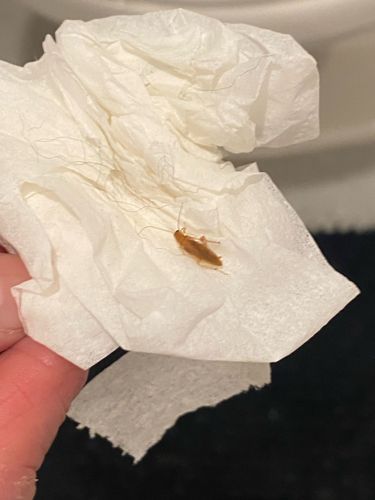German Cockroach
Scientific Name: Blattella germanica
Order & Family: Blattodea, Ectobiidae
Size: 1.1 to 1.6 cm (0.43 to 0.63 inches) in length

Natural Habitat
Indoors, preferring warm, humid areas close to food and water sources such as kitchens, bathrooms, and food preparation areas. They are highly associated with human dwellings.
Diet & Feeding
Omnivorous scavengers. They eat a wide variety of food scraps, crumbs, grease, and even non-food items like soap, glue, and toothpaste. They are especially attracted to starchy, sugary, and greasy foods.
Behavior Patterns
Nocturnal and highly gregarious. They are fast breeders and can quickly infest an area. They typically hide during the day in cracks and crevices, emerging at night to forage. They are excellent at hitchhiking, often being transported in groceries, luggage, and furniture.
Risks & Benefits
Potential risks include spreading pathogens (bacteria, viruses, fungi) that can cause food poisoning, dysentery, allergies, and asthma. They can contaminate food preparation surfaces and food. They reproduce quickly, leading to infestations that are difficult to control. There are no known benefits to humans or the ecosystem in human dwellings; they are considered a major urban pest.
Identified on: 9/20/2025